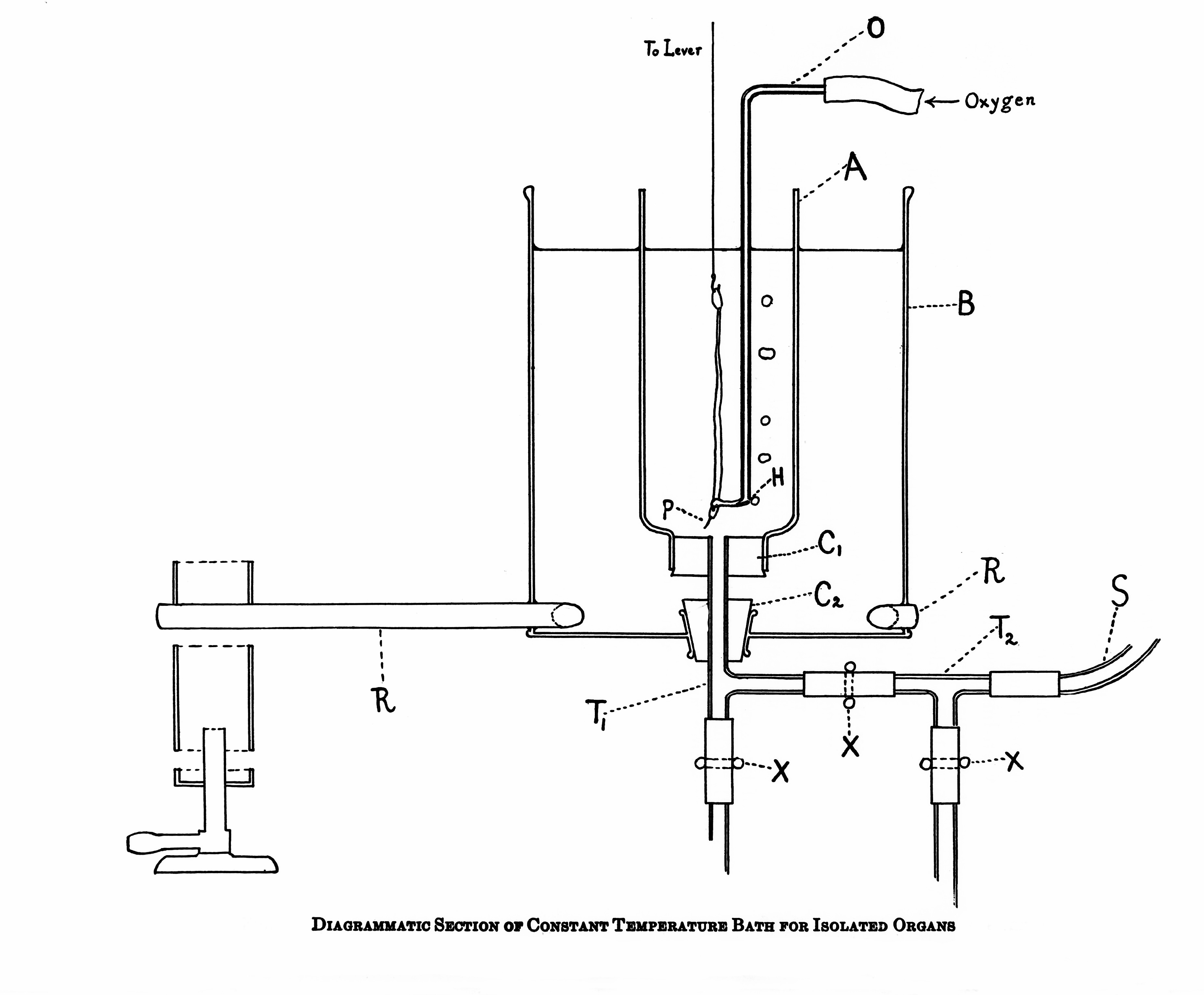
Changes in Mitochondria-Associated Protein Expression and Mitochondrial Function in Response to 2 Weeks of Enriched Environment Training After Cerebral Ischaemia-Reperfusion Injury
Sign Up to like & getrecommendations! Published in 2019 at "Journal of Molecular Neuroscience"
DOI: 10.1007/s12031-019-01428-3
Abstract: An enriched environment (EE) can stimulate the recovery of neurological function following a cerebral ischaemia-reperfusion injury; however, the impact of EE’s on mitochondrial function has been insufficiently studied. Our research aimed to assess whether EE’s… read more here.
Keywords: protein expression; cerebral ischaemia; group; ischaemia reperfusion ... See more keywords

The beneficial roles of metformin on the brain with cerebral ischaemia/reperfusion injury.
Sign Up to like & getrecommendations! Published in 2019 at "Pharmacological research"
DOI: 10.1016/j.phrs.2019.104261
Abstract: Cerebral ischaemia/reperfusion (I/R) injury is the transient loss, followed by rapid return, of blood flow to the brain. This condition is often caused by strokes and heart attacks. The underlying mechanisms resulting in brain damage… read more here.
Keywords: cerebral ischaemia; cerebral injury; brain; ischaemia reperfusion ... See more keywords

Differential variations of autophagy and apoptosis in permanent focal cerebral ischaemia rat model
Sign Up to like & getrecommendations! Published in 2017 at "Brain Injury"
DOI: 10.1080/02699052.2017.1298005
Abstract: ABSTRACT Objective: Autophagy and apoptosis coexist in stroke, but the relationship between effects and complex is poorly understood. Herein, we investigated dynamic changes of autophagy and apoptosis at the penumbra in permanent cerebral ischaemia. Methods:… read more here.
Keywords: autophagy apoptosis; cerebral ischaemia; apoptosis; rat ... See more keywords

Folium Ginkgo extract and tetramethylpyrazine sodium chloride injection (Xingxiong injection) protects against focal cerebral ischaemia/reperfusion injury via activating the Akt/Nrf2 pathway and inhibiting NLRP3 inflammasome activation
Sign Up to like & getrecommendations! Published in 2022 at "Pharmaceutical Biology"
DOI: 10.1080/13880209.2021.2014895
Abstract: Abstract Context Folium Ginkgo extract and tetramethylpyrazine sodium chloride injection (Xingxiong injection) is a compound preparation commonly used for treating cerebral ischaemia/reperfusion injury in ischaemic stroke in China. However, its potential mechanisms on ischaemic stroke… read more here.
Keywords: injection; ischaemia reperfusion; xingxiong injection; cerebral ischaemia ... See more keywords

Biologic therapy in supra-aortic Takayasu arteritis can improve symptoms of cerebral ischaemia without surgical intervention.
Sign Up to like & getrecommendations! Published in 2020 at "Rheumatology"
DOI: 10.1093/rheumatology/kez616
Abstract: OBJECTIVES Takayasu arteritis commonly results in severe arterial injury with stenoses, occlusions and occasionally aneurysms. Arterial disease may compromise organ blood flow and result in significant cardiovascular morbidity and premature mortality. Involvement of the supra-aortic… read more here.
Keywords: supra aortic; cerebral ischaemia; surgical intervention; ischaemia ... See more keywords

KIF2 mediates the neuroprotection in cerebral ischaemia injury by affecting NF‐κB pathway
Sign Up to like & getrecommendations! Published in 2019 at "Clinical and Experimental Pharmacology and Physiology"
DOI: 10.1111/1440-1681.13175
Abstract: Stroke is the most common cerebrovascular disease with high morbidity and mortality around the world. However, the underlying mechanisms involved in nerve injury and cerebral ischaemia/reperfusion (I/R) during cerebrovascular disease are still not completely clear.… read more here.
Keywords: cerebral ischaemia; kif2; cerebral injury; injury ... See more keywords

Delayed cerebral ischaemia in patients with aneurysmal subarachnoid haemorrhage: Functional outcome and long‐term mortality
Sign Up to like & getrecommendations! Published in 2019 at "Acta Anaesthesiologica Scandinavica"
DOI: 10.1111/aas.13412
Abstract: Delayed cerebral ischaemia (DCI) is one of the most frequent complications of aneurysmal subarachnoid haemorrhage (aSAH). The purpose of the present retrospective cohort study of patients with aSAH was to identify the association between DCI,… read more here.
Keywords: aneurysmal subarachnoid; delayed cerebral; cerebral ischaemia; subarachnoid haemorrhage ... See more keywords

Involvement of d‐amino acid oxidase in cerebral ischaemia induced by transient occlusion of the middle cerebral artery in mice
Sign Up to like & getrecommendations! Published in 2019 at "British Journal of Pharmacology"
DOI: 10.1111/bph.14764
Abstract: d‐Amino acid oxidase (DAAO) is a flavine adenine dinucleotide‐containing flavoenzyme and specifically catalyses oxidative deamination of d‐amino acids. This study aimed to explore the association between increased cerebral DAAO expression or enzymic activity and the… read more here.
Keywords: acid oxidase; amino; amino acid; cerebral ischaemia ... See more keywords

SMAD3 interacts with vitamin D receptor and affects vitamin D‐mediated oxidative stress to ameliorate cerebral ischaemia–reperfusion injury
Sign Up to like & getrecommendations! Published in 2022 at "European Journal of Neuroscience"
DOI: 10.1111/ejn.15833
Abstract: Cerebral ischaemia/reperfusion (I/R) injury is caused by blood flow restoration after an ischaemic insult, and effective treatments targeting I/R injury are still insufficient. Oxidative stress plays a critical role in the pathogenesis of cerebral I/R… read more here.
Keywords: cerebral injury; smad3; oxidative stress; cerebral ischaemia ... See more keywords

Long noncoding RNA TUG1 contributes to cerebral ischaemia/reperfusion injury by sponging mir‐145 to up‐regulate AQP4 expression
Sign Up to like & getrecommendations! Published in 2019 at "Journal of Cellular and Molecular Medicine"
DOI: 10.1111/jcmm.14712
Abstract: Emerging studies have shown that long noncoding RNA (lncRNA) TUG1 (taurine‐up‐regulated gene 1) plays critical roles in multiple biological processes. However, the expression and function of lncRNA TUG1 in cerebral ischaemia/reperfusion injury have not been… read more here.
Keywords: tug1; mir 145; cerebral ischaemia; expression ... See more keywords

Isoflurane post‐conditioning contributes to anti‐apoptotic effect after cerebral ischaemia in rats through the ERK5/MEF2D signaling pathway
Sign Up to like & getrecommendations! Published in 2021 at "Journal of Cellular and Molecular Medicine"
DOI: 10.1111/jcmm.16282
Abstract: The mechanisms of brain protection during ischaemic reperfusion injury induced by isoflurane (ISO) post‐conditioning are unclear. Myocyte enhancement factor 2 (MEF2D) has been shown to promote neural survival in a variety of models, in which… read more here.
Keywords: effect; post conditioning; cerebral ischaemia; post ... See more keywords